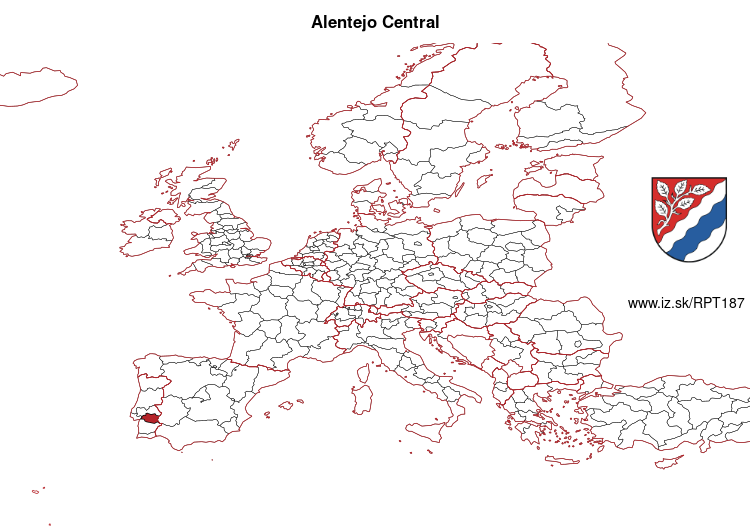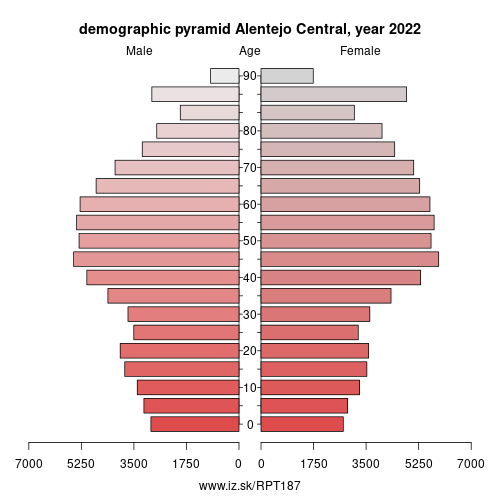- About us»
- Net income calculator»
- Population aging»
-
- Least developed regions»
-
- Average wage
- Material need benefits
- Meal allowance
- Counties of Slovakia
- Inflation
- Living and Subsistence Minimum
- Unemployment of Czechia and Slovakia
- NACE Classification
-
- Life expectancy
- Gender differences
- Youth unemployment and NEET
- Minimum wage in EU
- Unemployment rates of different age groups
- Share of salaries on GDP
- Employment rate
- Unemployment rate
- NEET
- Percentage of employees ususally working at nights
- Long term unemployment
-
- Bratislava and surroundings
- Kopanice
- Danube river
- lower Vah river
- middle Vár river
- upper Nitra river
- lower Nitra river
- Mining cities
- Kysuce a Orava
- upper Vah river - Liptov
- Spiš cities
- upper Hron river
- Juhoslovenská kotlina
- Košice fold and Torysa river
- upper Zemplín
- lower Zemplín
- EU regions
- NUTS3 regions of Slovakia
- LAU1 dataset
-
- Projects and activities
- Inclusive growth»
- Good work
- Project SKRS
- Social system – reality and vision
- Library
-
- Education of unemployed
- Young unemployed not taking part in education
- Proposal to change the system of education funding
- News»
- Contact
Alentejo Central – PT187
EU regions: Portugal > Continental Portugal > Alentejo region > Alentejo Central

| Indicator | Period | Value |
|---|
Alentejo Central slovensky: PT187
Demographics
| Indicator | Period | Value |
|---|---|---|
| Demographics | ||
| number of inhabitants | 2023 | 153 155 |
| population density | 2022 | 21.2 |
| old-age dependency ratio | 2023 | 44.5 |

From Wikipedia : The Ohrekreis was a district (Kreis) in the north-east of Saxony-Anhalt, Germany. Neighboring districts are (from north clockwise) Altmarkkreis Salzwedel, Stendal, Jerichower Land, the district-free city Magdeburg, Bördekreis, and the districts Helmstedt and Gifhorn in Lower Saxony. Its territory is now incorporated into Börde.
History
In 1680 the area of the district became part of Brandenburg, and the Holzkreis roughly covering the area of the Ohrekreis was created.
In 1816 the districts were rearranged, thus the two new districts Neuhaldensleben (later renamed to Haldensleben) and Wolmirstedt were created. Except two changes in 1908 when the municipality Rothensee became part of Magdeburg, and in 1944 when Calvörde became part of Haldensleben the districts did not change until a bigger reform in 1952. The district Haldensleben lost its southern part and instead part of the district Gardelegen was added; and Wolmirstedt lost 21 municipalities to the districts Tangerhütte, Haldensleben, and Wanzleben. In 1994 the two district were merged to the new district Ohrekreis, including a few municipalities from the districts Stendal and Klötze. In 2007 the next reform starts in Saxony-Anhalt. The two districts Ohrekreis and Boerdekreis will unite to the new district Boerde (working title).
Other: Alentejo region, Lezíria do Tejo Subregion, Baixo Alentejo Subregion, Alentejo Central, Alentejo Litoral Subregion, Alto Alentejo Subregion
Neighbours: Lezíria do Tejo Subregion, Alto Alentejo Subregion, Lisbon metropolitan area, Province of Badajoz, Baixo Alentejo Subregion, Alentejo Litoral Subregion
Suggested citation: Michal Páleník: Europe and its regions in numbers - Alentejo Central – PT187, IZ Bratislava, retrieved from: https://www.iz.sk/PPT187, ISBN: 978-80-970204-9-1, DOI:10.5281/zenodo.10200164

 Share
Share Facebook
Facebook Twitter
Twitter News
News